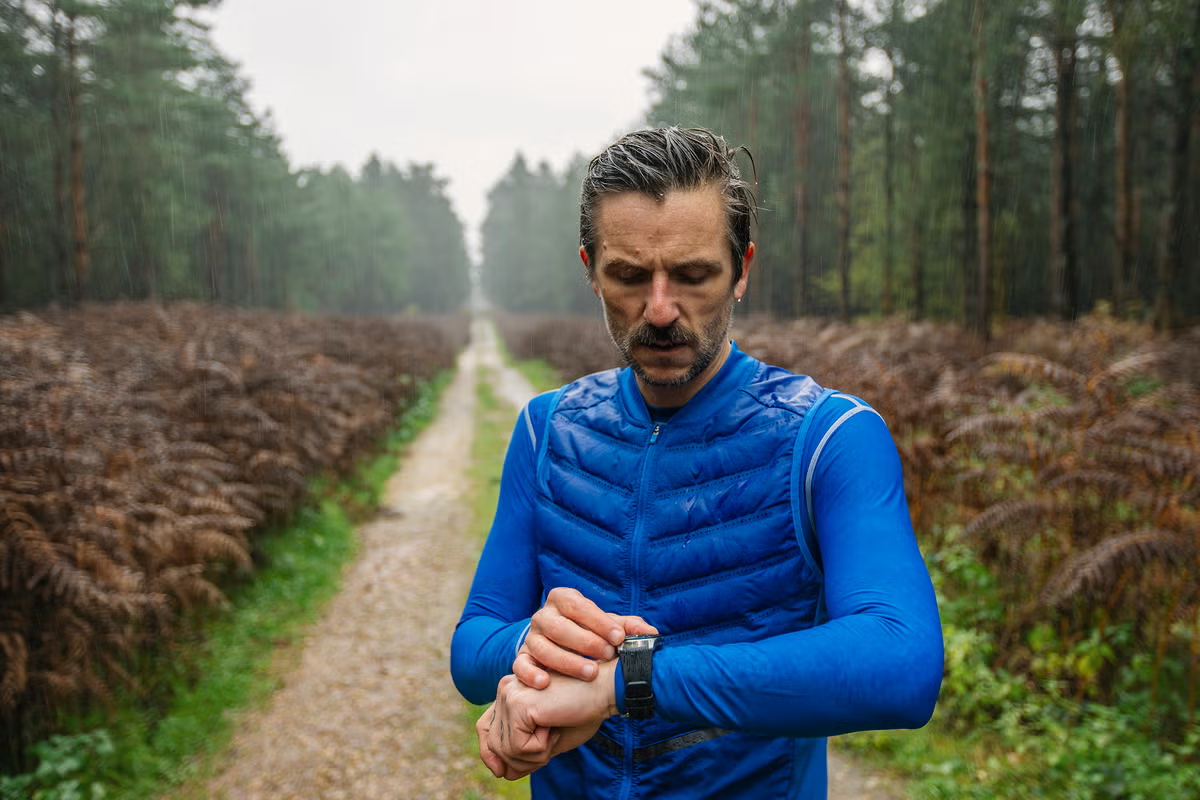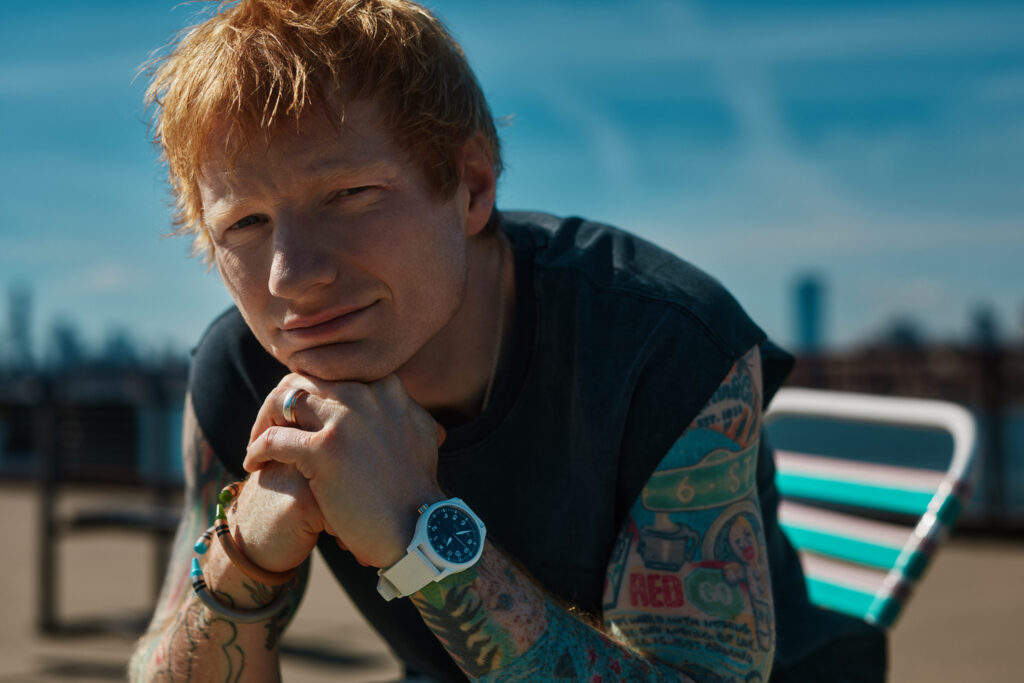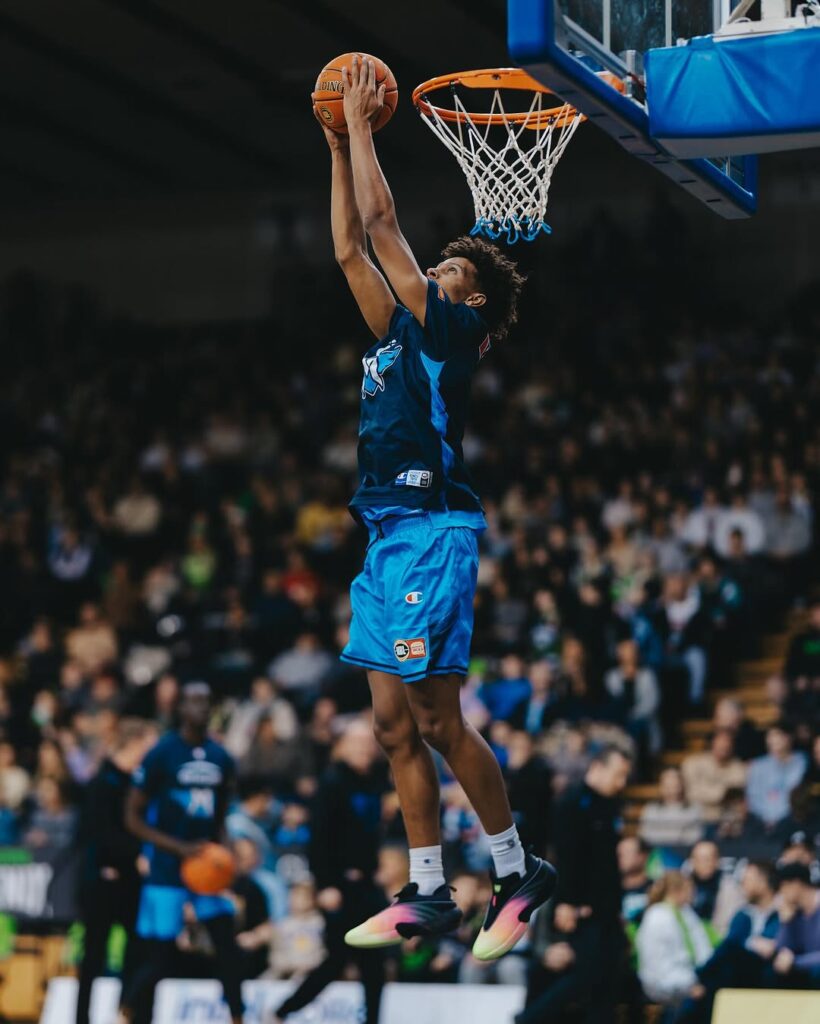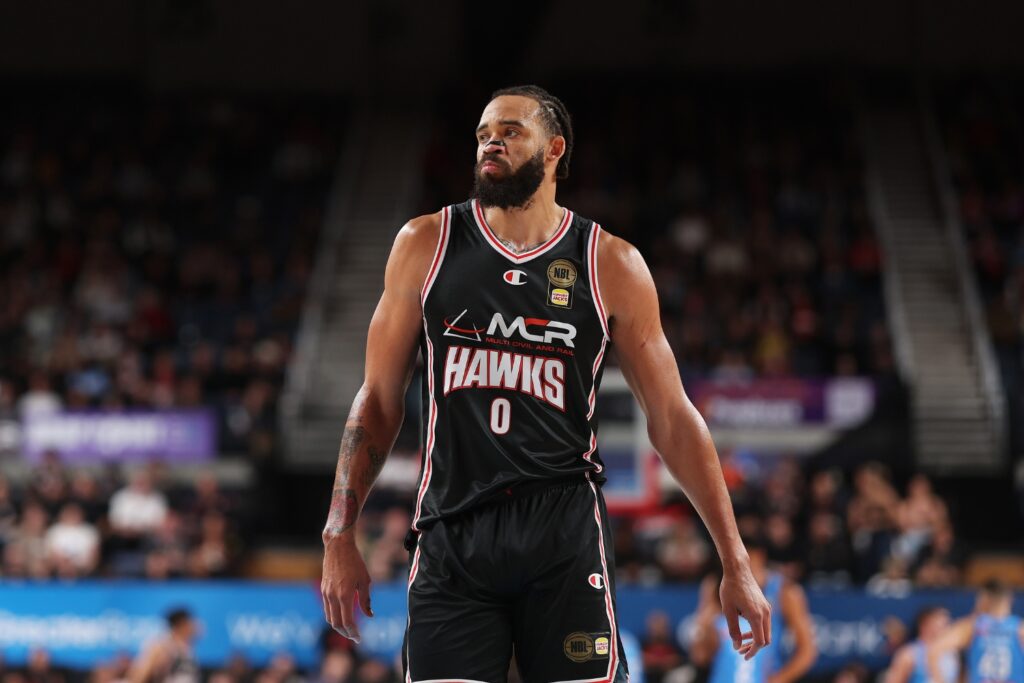IN THE RACE for PBs, it turns out your best days might not be behind you. Although it’s a common belief that we all lose stamina with age, the decline varies, depending on several factors, says Lucie Cowan, a master trainer at luxury health clubs Third Space with a doctorate in medical science:
“[These include] genetics, lifestyle and training history.” Typically, VO₂ max – a measure of how much oxygen your body can use during exercise – decreases by 5% to 10% per decade after the age of 30. “But for highly trained athletes who continue regular intense training, the decline is closer to 3% to 6% per decade.”
More concerned with chasing progress, rather than limiting losses? Experience might trump youth, making it very possible to peak in your thirties or even forties, according to Cowan. “What you lose in natural athleticism, you can make up for in enhanced aerobic efficiency, thanks to years of adaptation, refined technique, knowledge of weak spots, better race-day strategy and mental grit. ‘Older athletes often have greater psychological resilience and better pacing strategies,” says Cowan.
Studies on marathon runners and ultra athletes show that, while shorter distances favour younger athletes, the performance gap narrows or even reverses for events lasting several hours.
“Ultra-endurance events sometimes see winners in their forties or even fifties,” says Cowan, “emphasising the value of experience and mindset”. Want a little inspo? In 2020, 60-year-old Irishman Tommy Hughes set a marathon world record for his age group with a blistering finish time of 2:30:02 (the average marathon time for men in the UK is 4:23:27).
Speed over short distances may be trickier to maintain, but it’s not impossible. Between the ages 40 and 70, runners typically only slow by a rate of about 1% each year.
This article originally appeared on Men’s Health UK.
Related:
I Took On Peloton’s Monthly Running Challenge And It Elevated My Endurance
How Jason Statham stays fit at age 57














